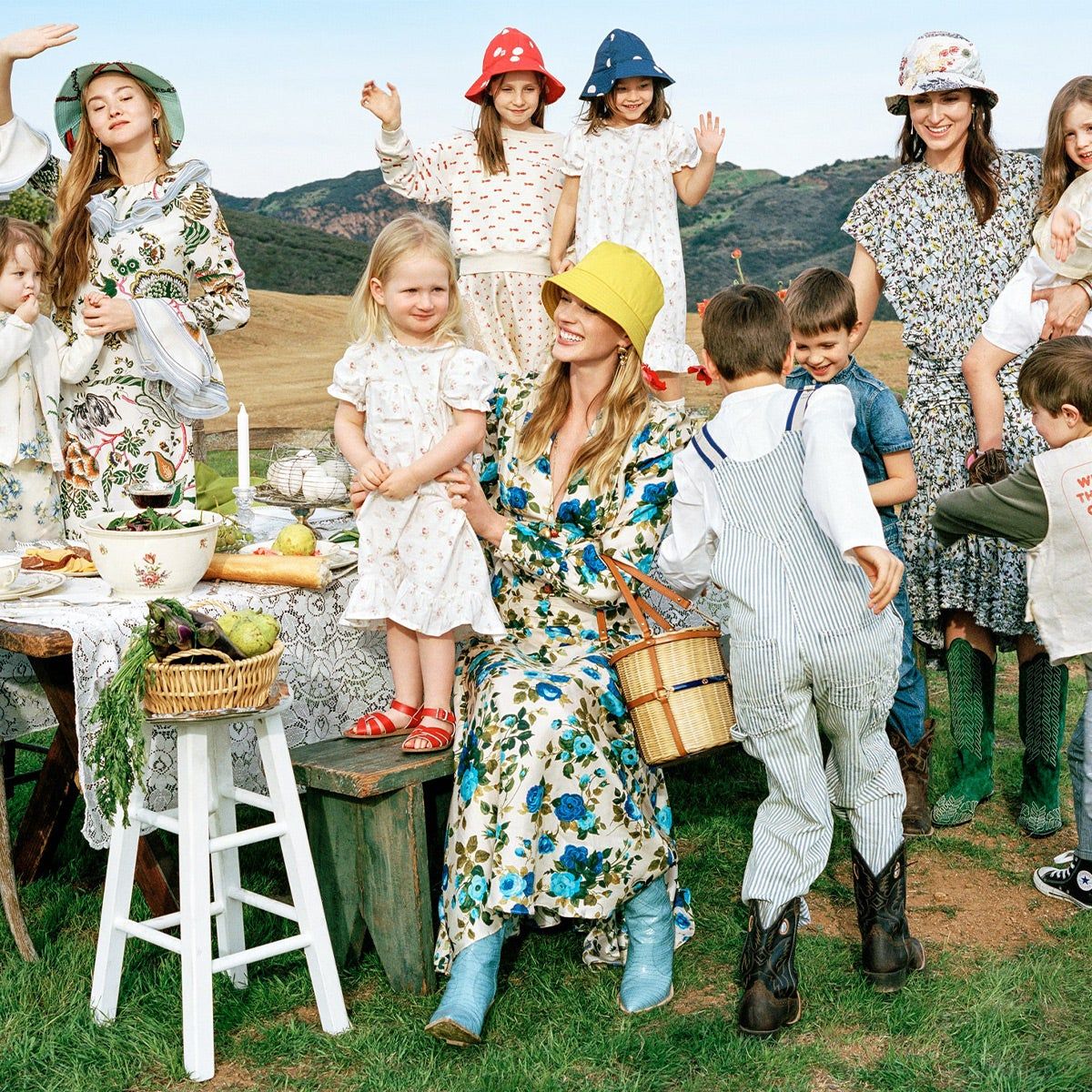
Ask An Expert
Are Birthday Parties Back?
After more than 14 months of birthday “car parades” and Zoom parties, is it finally safe to have an in-person celebration? Maybe, says Jennifer B. Nuzzo, DrPh, lead epidemiologist for the Johns Hopkins Coronavirus Resource Center and an associate professor at the Johns Hopkins Bloomberg School of Public Health. It all depends on your risk tolerance, and what precautions you take.
- Written By
- Marnie Schwartz
While the Pfizer vaccine is now authorized by the FDA for kids ages 12 and up, families with younger kids still have to decide, now that parents can be vaccinated, if they want to bring children together. “I am not as worried about this virus in kids as in adults,” says Dr. Nuzzo. “Serious outcomes from Covid in kids is incredibly rare, and much rarer than with other diseases that we wouldn’t hesitate to bring kids together over. That said, some might not want to take that risk, and don’t think it’s worth it. The important thing to recognize is that we all define risks and benefits differently.”
Assuming cases in your community are low (as Dr. Nuzzo expects them to be this summer), the adults in your circle are vaccinated, your child isn’t at high risk for coronavirus (and you don’t have an unvaccinated, high-risk family member), and you want to have a birthday celebration, there are ways to keep it safer—and for your little one to still have a fun and festive day.
Host it outside
“The outdoors is going to be your friend,” says Dr. Nuzzo. The risks of transmission are much lower outside, especially if kids are distanced and moving around. So reserve some space at a local park, decorate your backyard, or find another outdoor destination.
Rethink the snacks
Go for individually portioned treats, says Dr. Nuzzo, who says she “would probably steer away from big bowls of communal snacks.” If your child has his heart set on blowing out candles, serve cupcakes instead of a big cake and make sure they’re only breathing on their own dessert and not spitting into anyone else’s face (or food).
Consider the group size
The more kids (or unvaccinated adults) that attend, the higher the possibility becomes that someone in the group is infected. Think about the size of the space, too. If you have a tiny yard, a big group of kids may have trouble staying distanced. If you’re at the park, you may have less to worry about. But as you go to more and more events, and those events get larger, you expand your bubble and the total number of people who you are exposed to, which depletes your family’s “exposure budget,” notes Dr. Nuzzo. So if you want to host a party, you might consider leaving unvaccinated adults off the guest list or pulling back on other sources of exposure (like indoor dining) to maintain a level of safety, she says.
Layer the protections
A small group of kids gathering outdoors is lower risk than a large group of unvaccinated adults getting together indoors, but it isn’t no risk. So space out the chairs, encourage kids to distance, and provide hand sanitizer (especially before eating). And while masks may not strictly be necessary for kids if they’re outside and distanced, if you’re worried, it’s a way to add one more layer, says Dr. Nuzzo. None of the safety measures we use, like masks, vaccines, distancing, or handwashing is perfect. “But, they add up to a level of safety that’s helpful,” she says.
As we all come back out into the world, it's only natural to feel a little nervous about gathering again--and kids may be feeling some of that anxiety, too. So it may make sense to start small. Like all things Covid-related, families have to decide what works best for them, taking their own risk tolerance and priorities into account, as well as changing case rates and guidelines.